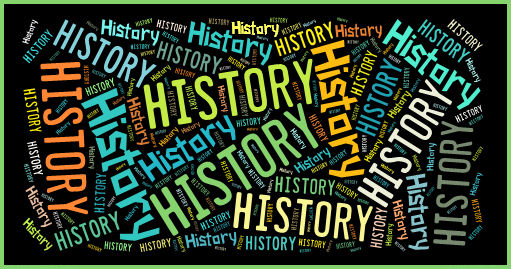This book critique was written by Leva Shaeri-Seysan for her History 148: U.S. History III course in Fall 2016.
Brock, Julia and Jennifer W. Dickey, and Richard J. W. Harker, and Catherine M. Lewis, eds. Beyond Rosie: A Documentary History of Women and World War II. Fayettevile: The University of Arkansas Press, 2015.
In Beyond Rosie: A Documentary History of Women and World War II by Julia Brock, Jennifer W. Dickey, Richard J. W. Harker, and Catherine M. Lewis, the growing industry of women workers is examined in the social, political, and economic context of the 1940s. Through the use of various documents including letters, interviews, photographs, propaganda posters, oral histories, and countless others, the broad range of work accomplished by women during the wartime crisis has provided a framework for the advancement of the United States and the vast contributions women made. With the expansive unit of men in the workforce required to heed the call of the war, women largely substituted the jobs left open by the decrease of men and provided various units of work and educational expertise, which led to a larger number of women gaining access to college education and higher levels of employment. This book not only explores the industrial and manufacturing sector of women’s work force, however, it extends to include naval and military units created by the war and the governmental operations that included many undercover and secretive jobs.
With the advancement of educational and occupational opportunities, women’s efforts began to shine in the spotlight of figures such as Franklin D. Roosevelt, the military sector, on the home front, and the rising industry of the media. Not only were women beginning to be included in multiple sectors of occupational services, but minority groups had some recognition as well, as Black and Japanese-American women gained occupational opportunities. The vast accomplishments of the riveters provide an exquisite take on the insurmountable service and value of women in the field which led to the war victory. In introducing the reader to the documents, a brief explanation is given beforehand to acquaint the reader with the context of the situation. With the additional information included, a profound understanding of the document is created that allows the reader to gain a personal and inclusive connection with the contributions and experiences of women war workers. With the inclusion of specific wartime heroes and personal experiences integrated and examined, a profound appreciation of the outstanding and imperative groundwork which set the course of women’s futures is established by readers. No weaknesses can be precluded from this approach to the monumental accomplishments and vital opportunities permitted for women.
After thoroughly examining the documents of this book, the authors’ purpose of gaining a profounder understanding of the opportunities created for women by World War II has been reached. With a deeper understanding of the contributions made by women in the workforce, the evolving recognition and inclusion of women in the economic, social, and political sector is concluded. An insightful connection has abounded to the modern advancements of women in the workforce and equates a rich new understanding of the ways in which women have shaped history. With the progresses of women being explored, a genuine connection is shaped with a modern woman facing similar challenges in society, and empowers the individual to go forth and create a life for herself in which her accomplishments will be valued, as was the riveters’ work. This book has provided an excellent framework of effectively equipping women with the expectation of learning the realities and inequities facing women in the workforce and in countless other aspects of life.
Last Updated January 7, 2022
